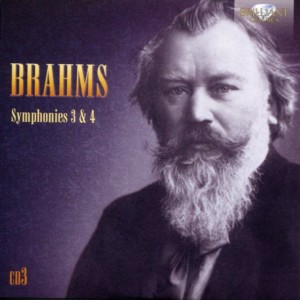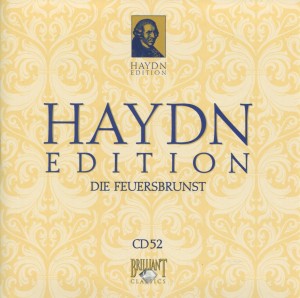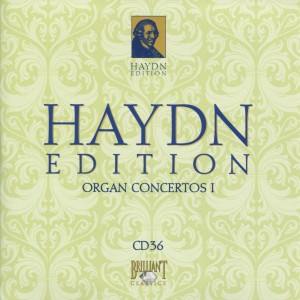 Brahms’ Symphony No. 3 will forever be associated (at least, in my mind) with this scene from the ’70s British TV series Fawlty Towers.
Brahms’ Symphony No. 3 will forever be associated (at least, in my mind) with this scene from the ’70s British TV series Fawlty Towers.
If you’re not familiar with Fawlty Towers, it’s about a snobbish, extremely rude hotel owner named Basil Fawlty (played to perfection by Monty Python alum John Cleese) who, along with his shrew wife Sybil (Prunella Scales) own and operate Fawlty Towers.
In this short-but-hilarious scene, Sybil chastises Basil for not getting to the chores she laid out for him to do (in this case, I believe it was to compose the day’s food menu). He dashes back to his typewriter to begin the task.
So, I’ve been listening to Brahms’ Third Racket this morning.
All joking aside, Brahms’ Symphony No. 3 in F Op. 90 is Continue reading



